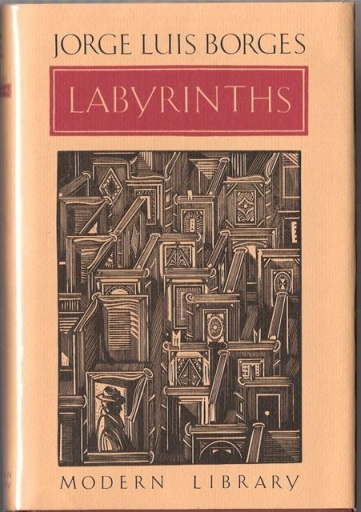

It is typical for many postmodern writers to make accents on texts in different ways even with concentrating on metafiction (Wilson).

Moreover, Borges continues to develop the viewpoint in his story “The Library of Babel”, and now it is possible to imagine the whole universe as a library where “there are no two identical books” (Borges 54).

The idea of the text’s significance and the text as a labyrinth is developed in “The Garden of Forking Paths” where Borges states that “everyone imagined two works to no one did it occur that the book and the maze were one and the same thing” (Borges 25). In “Tlön, Uqbar, Orbis Tertius”, the author represents the real world with the help of referring to the planet Tlön and the texts which are associated with the protagonist’s search of the information about the planet. There are no ordinary or insignificant elements in Borges’ stories. The title of Labyrinths can be discussed as reflecting the main idea of postmodern literature because while reading postmodern works, the readers have to go through a lot of textual labyrinths which make stories multidimensional (Nicol). However, the new reality presented the fundament for the progress of Postmodernism as the unique movement in art and culture with accentuating the philosophical and metaphysical ideas (McHale). Postmodernism began its development after World War II, and it reflected the definite aspects of Modernism with rejecting the principles of Realism.


 0 kommentar(er)
0 kommentar(er)
